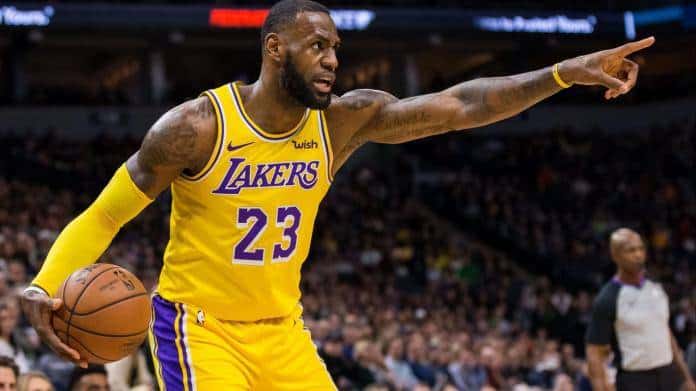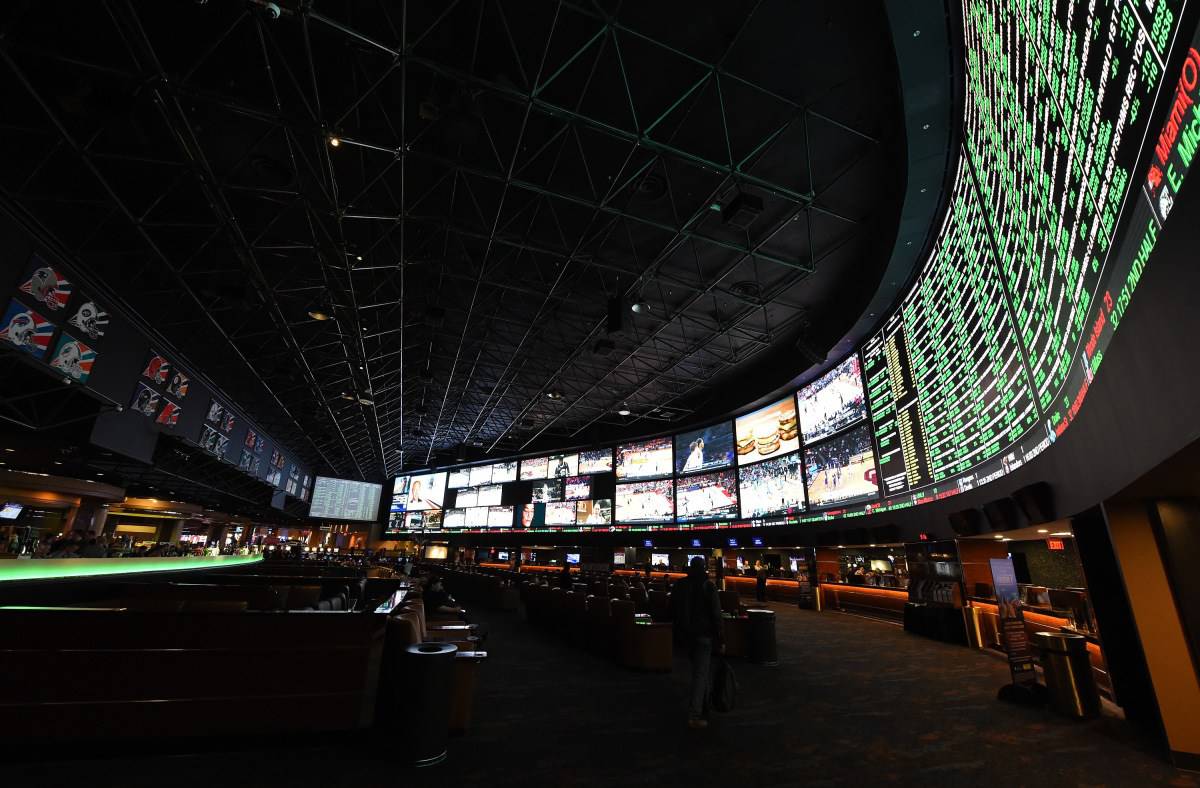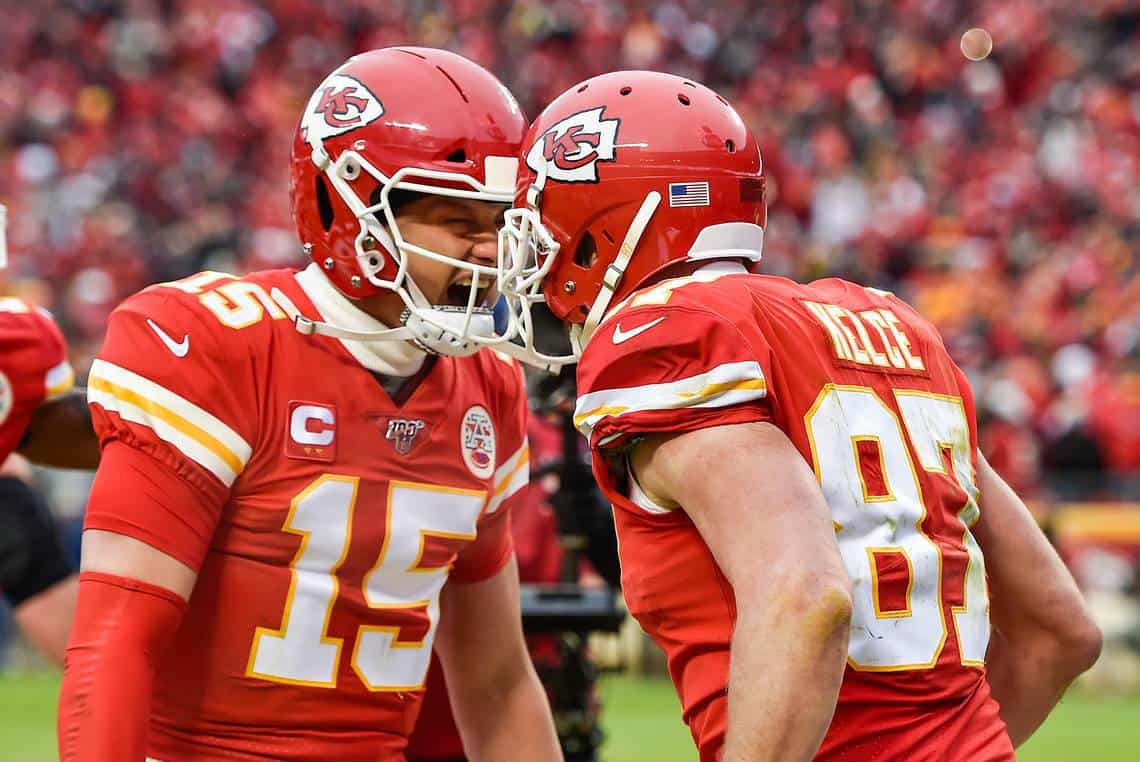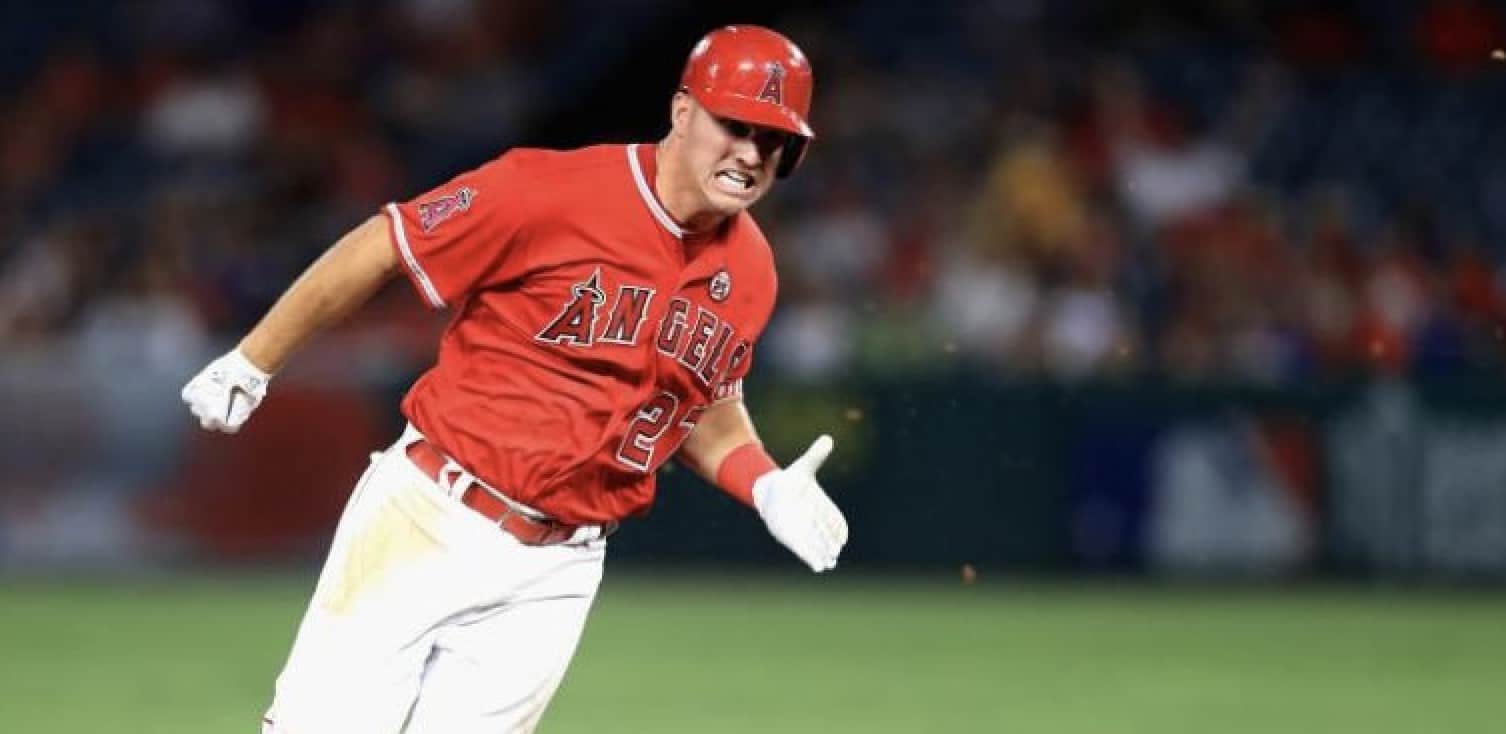2024 Breeders’ Cup Betting

Although the Triple Crown races such as the Kentucky Derby, Preakness Stakes and Belmont Stakes might have more name recognition among mainstream sports fans nothing can top the Breeders’ Cup for serious devotees of horse racing. It doesn’t quite have the reputation as a ‘party environment’ like the Kentucky Derby or Preakness. It is more of an event for serious horse racing fans and bettors.
The Breeders’ Cup isn’t just a race but a series of races spread over two days that showcases the best of the best in a variety of categories all racing in Grade 1 stakes events. In most years, it’s also the biggest payday in the world for horse owners though it has competition from the Dubai World Cup. The exact purse amount per race and for the entire event varies from year to year but it is now over $30 million with $6 million up for grabs in the Breeders’ Cup Classic alone.
The first Breeders’ Cup was run in 1984 and quickly became one of the top events of the year for serious horse racing fans. Until 2006, it was a single day event but has since expanded to two days to accommodate more individual races. Many of the races have corporate sponsors such as the Longines Watch company which sponsors the Classic, Turf and Distaff races. In previous years, half the card was run on Friday and half on Saturday. This year the format has been altered somewhat with five races on Friday, November 6—all involving younger horses—and branded as ‘Future Stars Friday’. The remaining 9 races will be run on Saturday.
The Friday card includes the $1,000,000 Juvenile Turf Sprint, the $1,000,000 Juvenile Turf, the $2,000,000 Juvenile Fillies, the $1,000,000 Juvenile Fillies Turf and the $2,000,000 TVG Juvenile. The Breeders’ Cup Juvenile is arguably the biggest race of the year for two year old horses and the winner immediately becomes an early favorite for the following year’s Kentucky Derby.
The Saturday races begin with the $1,000,000 Filly & Mare Sprint and continue with the $1,000,000 Turf Sprint, the $1,000,000 Big Ass Fans Dirt Mile, the $2,000,000 Maker’s Mark Filly & Mare Turf, the $2,000,000 Sprint, the $2,000,000 FanDuel Mile, the $2,000,000 Longines Distaff and the $4,000,000 Longines Turf. The main event of the weekend is the $6,000,000 Longines Classic.
Breeders’ Cup races are limited to 14 entries with the exception of the Dirt Mile, Juvenile Fillies Turf and Juvenile Turf which will are limited to 12 starters. To prevent these races from becoming oversubscribed the organizers use a qualification system that involves a variety of criteria including performance in Breeders’ Cup Challenge Races, a point system, and the input of a panel of horse racing experts.
Horse race betting enthusiasts love the Breeders’ Cup not only for the quality of competition but for the number of value betting opportunities. Since every race attracts a top level class of competition it offers bettors the opportunity to find plenty of live underdogs. Unlike many horse races with less impressive fields there are usually no ‘bad horses’ involved. That makes it difficult to simply disregard a horse that is completely overmatched.
HOW TO BET ON THE BREEDERS’ CUP
The Breeders’ Cup has a variety of races for male horses, fillies and mares, younger horses and older horses run on turf and dirt. The volume and variety of races and conditions is why it is so popular among series horse racing enthusiasts. At the end of the day, however, they’re all horse races and you bet on one the same way as the other.
The basic mechanics of betting on horse racing doesn’t change no matter if it is a high profile event like the Breeders’ Cup or a low level claiming race at one of the many horse races found in North America. Once you understand the basics of horse betting you’ll be ready to play any race you see on the betting board.
OFF TRACK VS. ON TRACK BETTING
These terms are becoming less meaningful and more muddled as the technology behind betting on horse races improves and evolves. For the most part, it doesn’t matter where you bet on a horse race as the process, odds and payouts will be the same. These terms are still used enough that they’re worth talking about. Strictly speaking, ‘on track betting’ is betting at a track ticket window or betting kiosk for a race run the same day You won’t be able to bet ‘on track’ at the 2020 Breeders’ Cup since fans won’t be allowed at the venue.
The definition of ‘off track betting’ has changed throughout the years. At one point, the only ‘off track betting available’ were betting operated by the same regulatory body as horse racing. The best known example of this is the once ubiquitous off track betting parlors in New York City with their well known acronym ‘OTB’. The last OTB facility in New York closed several years ago but some states still have official off track betting options run either by the track itself or a third party company. Race books have long been a part of the Las Vegas iconography but now other states have casino race books where players can bet on races at ‘track odds’. There are also a variety of online betting options from dedicated racebooks operated by the same companies that run offshore sportsbooks to advanced deposit wagering sites such as TwinSpires. Many horse tracks now have simulcasting facilities where patrons can bet on races from all over North America in addition to the races being run live at the venue.
There is also another way to bet horse races that was once limited to the biggest races of the year. Major races such as the Kentucky Derby, Preakness and Breeders’ Cup attract interest not only from horse players but from mainstream sports fans. To accommodate this, many sportsbooks will offer betting options just like they would on any other event. The most common type of horse race bet at sportsbooks is the futures wager which requires the player to pick the winner of the race at varying odds. Since sportsbooks are now taking more action on daily races the parlance is more specific than in the past. A ‘futures bet’ usually refers to an event taking place at some point in the future. A ‘to win’ bet is essentially the same thing, only referring to a race run on the same day. In some other countries futures bets are called ‘antepost wagering’ or ‘advanced wagering’. Sportsbooks also offer other familiar bet types on horse races including matchups and props.
As we noted previously, sportsbooks would historically only take action on major racing events. That changed dramatically during the COVID-19 pandemic which forced the shutdown, postponement or cancellation of sporting events around the world. Since horse racing was one of the first sports that was able to resume their schedule it attracted renewed interest from the betting public who just didn’t have much on the board to play. This led sportsbooks to start taking action on daily races from all active tracks using the same fixed odds format as any other sporting event. This could be a trend that continues into the future.
Ultimately, the most significant difference between betting horses at the track, at an OTB location, at a racebook or an online horse betting website and at a retail or online sportsbook is the way the odds are formatted. Sportsbooks used fixed odds meaning that once you bet them they’re ‘locked in’ at the price on your ticket no matter what happens to the market later on. The line can go up or down but the price on your ticket still stands. All other horse betting options use parimutuel odds which are completely different and require a more in depth explanation.
THE BASICS OF PARIMUTUEL ODDS
Parimutuel odds aren’t difficult to understand but for someone used to the fixed odds of sports betting it takes a little time to wrap your head around them. The basic concept of sports betting is that you’re ‘playing against the house’. There are exceptions such as betting exchanges but in a traditional sportsbook the goal is to balance action on both sides of a betting proposition. Winning players are paid off with the stakes of losing players. The ‘vig’ is left over as the sportsbook’s profit. Keeping a book in balance is not always easy but this is generally how the business is supposed to operate.
Horse racing uses parimutuel odds as do a few other sports such as greyhound racing and jai-alai. In a parimutuel odds arrangement you’re actually betting against other players wagering on the same event. The role of the track or racebook is that of a ‘market maker’ that facilitates the transaction. The ‘house’ makes money by taking out a percentage of all bets made on each race. This percentage is known as the ‘takeout percentage’ and is a term you’ll hear often in horse racing. The sum total of all bets made on an individual race is called the ‘parimutuel pool’ or ‘pool’.
It is also important to understand the difference between fixed odds and parimutuel odds from the bettor’s perspective. When you place a bet at a sportsbook you ‘lock in’ the price in effect at the time of your wager. For example, if you want to bet a NFL favorite at -2.5 it doesn’t matter what happens to the line after you leave the counter. It could go up to -3.5 or higher but your bet will be graded at the price on your ticket of -2.5. Since you know the amount of money you’ve staked, the odds and/or the pointspread you know exactly how much you’ll get paid if your bet is a winner. Knowing how to find the best price in the market and how to time placing your bet are essential concepts for advanced sports betting success.
Parimutuel odds don’t work this way. Odds are constantly in flux and move in relation to the amount of money bet on each horse relative to the money bet on the entire race (eg: the parimutuel pool). Timing bets just doesn’t matter in horse racing and you won’t know the exact payout you’ll receive on a winning horse until after the race. For example, let’s say you bet a horse early in the day at 7-1. As the start of the race draws near your horse takes more action and drops to 4-1. The fact that you bet the horse at a higher price is now irrelevant and you’ll now be paid at 4-1 if the horse wins. The opposite can also happen—a horse you bet at 4-1 can go off at 9-1 and you’ll be paid more than if the odds at the time of your original bet were in play.
THE TWO TYPES OF PARIMUTUEL HORSE RACING BETS
There are two types of horse racing bets under the parimutuel odds format—straight bets and exotic bets:
STRAIGHT BETS:
Most people have heard the terms ‘win, place or show’ and know what they mean. These terms refer to the three different types of straight bets available on a horse race. These bets are extremely simple to understand. A ‘win’ bet means that your horse must win the race for you to cash your ticket. A ‘place’ bet means your horse must finish in the top two and a ‘show’ bet means the horse must finish in the top three. In most cases, you’ll get more money for a ‘win’ bet than for a ‘place’ bet and more for a ‘place’ bet than for a ‘show’ bet. There are exceptions since the exact payout is derived from the number of bets for each type in the parimutuel pool.
EXOTIC BETS:
Straight bets were the original horse racing bets and are still in wide use today. To understand the origin and purpose of exotic bets it requires an understanding of some horse racing history. Early in the 20th Century, horse racing ranked among the most popular sports in North America. Fans enjoyed the action of the track but another important reason for its popularity was that ‘playing the ponies’ was one of the few forms of gambling available.
That all changed in the latter part of the century. Casinos were once limited to Nevada but began to spread all over the country. A more ubiquitous form of gambling became the most popular of all—the state lottery. Today, 45 states have a state lottery as well as the District of Columbia, Puerto Rico and the US Virgin Islands. The casinos that had popped up all over North America found themselves needing to compete with the lotteries for business so they came up with the progressive slot machine jackpot and later the networked progressive jackpot.
The common theme here is that people developed a taste for ‘betting a little to win a lot’. Never mind the long odds—there was a huge market of players that wanted to risk a small amount in hopes of getting lucky and taking down a life changing score. That wasn’t possible with horse racing’s simple straight bet format and thus the exotic bet came into being. Exotic bets started with the very simple ‘Daily Double’ and have evolved from there to offer potential jackpots that rival slots or lotteries.
Exotic bets fall into one of two categories. The first is the ‘multi-horse bet’. As the name implies, this type of bet requires picking the top finishers in an individual race. The most popular exotic bets are multi horse wagers and include the ‘exacta’ (picking the top two finishers in a race in correct order) and the ‘trifecta’ (picking the top three finishers in correct order). The more places a bettor picks the higher the potential payout.
The other type of exotic bet is the ‘multi-race’ bet. This is also fairly self explanatory. A bettor tries to pick the winning horse in a specific number of races. The original exotic bet was a multi-race bet called the ‘Daily Double’ that required the selection of two designated races on a card. Multi-race bets have grown in popularity and complexity and new ones hit the market all the time. One of the most popular multi-race exotics today is the ‘Pick Six’ which requires picking the winner in six consecutive races. There are countless different ways to play exotic bets but the important thing to remember is that the more betting interests you’re asked to select the higher the odds—but also the higher the potential payoff.
Exotic bet payouts can reach the hundreds of thousands and in some cases millions of dollars. They have one important similarity to straight bets—you won’t know the exact amount of a payout until the parimutuel pool is tabulated the the results posted. Payouts are determined by the closing odds on each race and the number of winning bets in the pool.
BETTING HORSES AT THE SPORTS BOOK
Sportsbooks aren’t necessarily where you’d expect to bet a big horse race. That’s what the racebook is for, right? Not exactly. Sportsbooks have always offered action on the major events of the horse racing season and they’ve started to offer a wider variety thinking that the more events on the board the better.
With many sports shut down during the 2020 coronavirus pandemic horse racing was one of the first to return to action. With many other sports sidelined, horse racing drew huge interest from bettors. This didn’t go unnoticed by sportsbooks and many started booking the entire racing card at every active track priced in a fixed odds format. This proved to be popular and is a trend that you could see continue in the future.
There are other reasons why a sportsbook would want to take action on a big horse race. The biggest races like the Kentucky Derby attract the interest of mainstream sports fans as well as horse racing enthusiasts. It’s good business for a sportsbook to offer markets on any major event that their customers want to bet on and on the first Saturday in May that will include the Kentucky Derby. Furthermore, many players who only bet on sports aren’t familiar with the intricacies of parimutuel betting. The sportsbook allows players to bet on horse races using the more familiar fixed odds format.
Futures betting on a major horse racing event is no different than on the Superbowl winner or World Series champion. The sportsbook offers a list of contenders with moneyline prices. If the horse you select wins you get paid as indicated. Although any market of this type is technically a ‘futures’ market you’ll sometimes hear one for an event in the future and an event on the same day called different things. A ‘futures bet’ refers to a bet on an event far in advance of when it takes place. A ‘to win’ bet is the same type of bet, but on an event that takes place the same day.
MATCHUP BETTING AND PROPS BETTING
Another popular way of betting on a horse race at the sportsbook is with a matchup bet. These are just like a matchup in any other sport such as NASCAR or golf, or for that matter any moneyline proposition like a hockey or baseball game. The sportsbook posts two or more entrants in a race with moneylines on each. The horse that finishes highest in the field cashes the bet.
HORSE #1 -350
HORSE #2 +300
This is the same as any other moneyline bet. To bet the favorite (Horse #1) you have to lay -350 to win 100 or $350 to win $100. If your horse wins you receive $450 representing your original $350 bet amount plus $100 in profit. To bet on the underdog (Horse #2) you will be paid +300 for every 100 bet, or $300 for $100. If Horse #2 wins you’ll receive $400 in return–your $100 original stake plus $300 in profit.
You might also see matchups with three or more horses:
HORSE #1 -250
HORSE #2 +350
HORSE #3 +500
No matter how many betting interests are involved in works the same way. If the horse you pick finishes better than the other horses listed you win the bet and get paid at the odds indicated.



